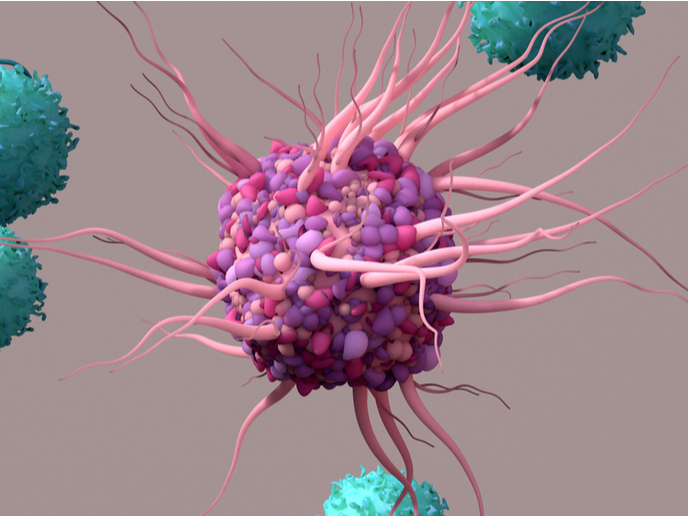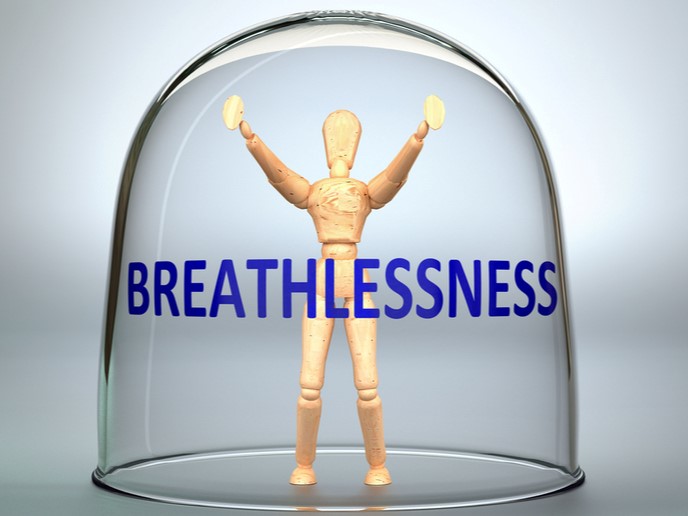Brain-spinal interface to restore walking function
Severe SCI abruptly disconnects a functional central nervous system from a functional body. A recently completed study focused on developing a neuroprosthetic platform capable of selective electrical spinal cord stimulation (ESCS), controlled by a subject's movement intentions. The EU-funded project E-WALK (Spinal cord rehabilitation enhanced by the use of data-driven and dynamic cortical state models) introduced a way to transform intention into movement. The collaborators designed, built and evaluated the first BSI in non-human primates to modulate locomotor circuits via brain-controlled epidural electrical stimulation. Three rhesus macaque monkeys received implants of a microelectrode cortical array, a multichannel electromyogram (EMG) system and a multi-electrode epidural ESCS array, placed over the lumbar spinal cord. The implants were equipped with modules for wireless data transfer, which allowed simultaneous recording of wide-band neuronal data and high-fidelity EMG signals. Recorded, synchronised and digitised EMG and neuronal signals were used to predict the gait states and initiate the stimulation protocols. In real time, a linear discriminate analysis algorithm predicted Foot Off and Foot Strike events. The stimulation programmer attached on a monkey's back received the commands via Bluetooth and relayed the commands to the implanted stimulator via infrared connection. The stimulator sent the pulses to the ESCS array to stimulate the spinal cord, which increased flexion or extension of the right leg. Such synchronous phasic stimulation led to increased muscle activity during the swing or stance gait phases. The process enhanced the locomotion without disrupting the natural rhythmic alternation of movements. The complete prediction-to-stimulation delay was estimated to be 192 ms. Obtained results significantly advance the development of ESCS-based neuroprostheses that will re-establish locomotion in paralysed individuals.
Keywords
Brain-spinal interface, spinal cord injury, neuroprosthetic, rehabilitation, cortical state







